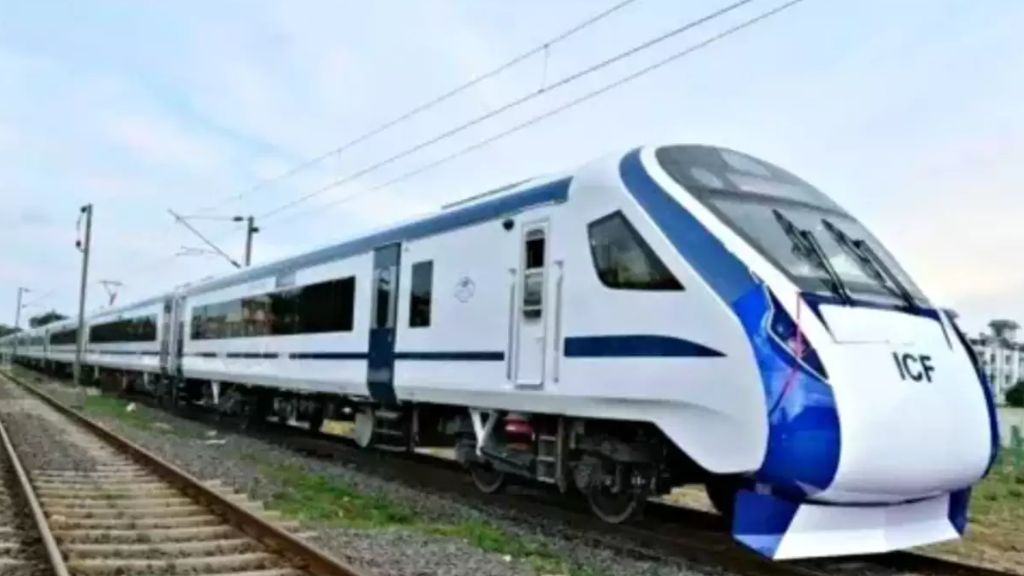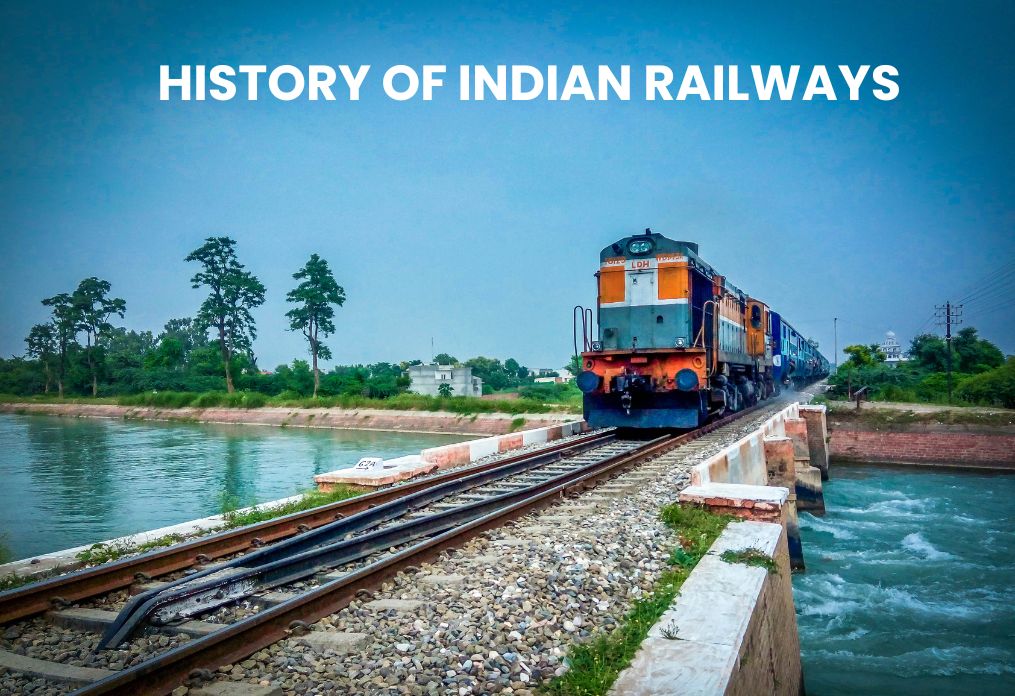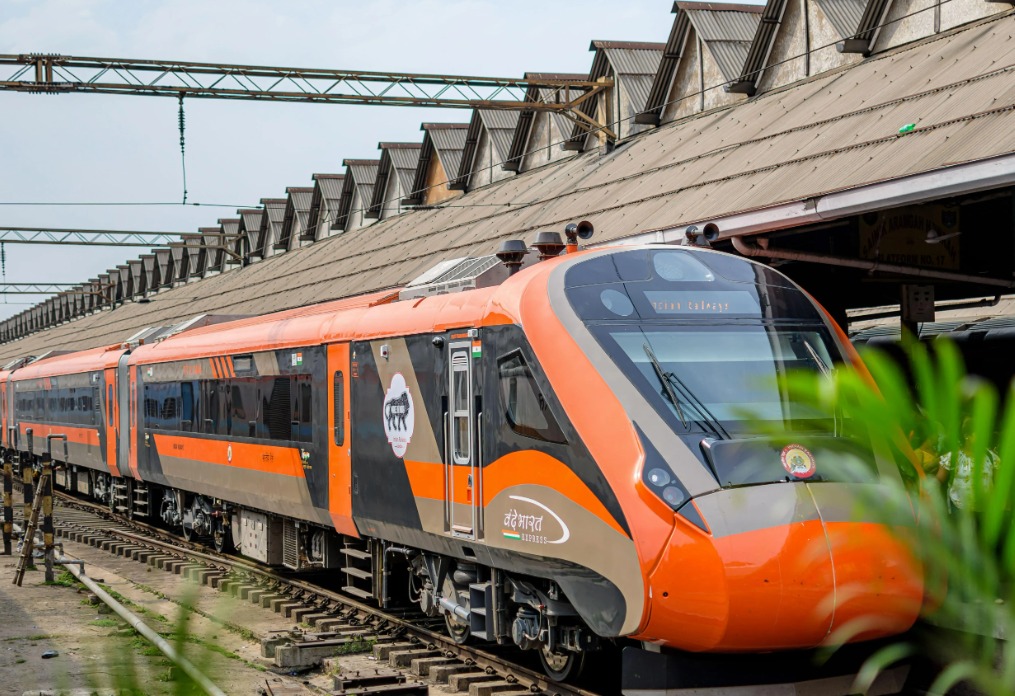History of Indian Railways: The Indian Railways, one of the world’s largest railway networks, holds a pivotal role in connecting the vast landscapes of India. From its humble beginnings in the 19th century to the modern high-speed trains of today, the history of Indian Railways is a testament to the country’s growth and technological advancements.
The Early Days of Indian Railways
The journey of Indian Railways began on April 16, 1853, with the first passenger train running from Mumbai to Thane. This 34-kilometer stretch marked the beginning of a new era in transportation in India. The initial years were marked by rapid expansion, as the British sought to improve connectivity for trade and administration.
The Era of Steam Engines

Steam engines were the backbone of Indian Railways during its early years. Iconic locomotives like the Fairy Queen, which still holds the Guinness World Record for being the oldest steam locomotive in regular service, played a crucial role. The expansive network built during the British era laid the foundation for what would become one of the most extensive railway systems in the world.
Post-Independence Developments
After gaining independence in 1947, the nationalization of Indian Railways in 1951 was a significant milestone. This move unified the various railway companies under one umbrella, leading to streamlined operations and further expansion. The transition from steam to diesel and electric engines marked a new phase in the evolution of Indian Railways.
Modernization and Technological Advancements

The introduction of diesel and electric locomotives revolutionized rail transport in India. Electrification projects, computerization of ticketing systems, and advancements in signaling technology were significant milestones. Modern trains like the Shatabdi Express and Rajdhani Express set new standards in speed and comfort, further enhancing the appeal of rail travel.
High-Speed and Semi-High-Speed Trains

In recent years, the advent of semi-high-speed trains like the Vande Bharat Express has marked a significant leap forward. These trains, capable of speeds up to 180 km/h, represent the future of Indian Railways. Plans for high-speed rail, including the ambitious Mumbai-Ahmedabad corridor, are set to transform the landscape of rail travel in India.
Iconic Trains and Routes
Indian Railways is home to several iconic trains and routes that have become synonymous with luxury and heritage. The Palace on Wheels and the Deccan Odyssey offer a glimpse into India’s royal past, while routes like the Darjeeling Himalayan Railway provide breathtaking views and a unique travel experience.
The Role of Indian Railways in Economy and Society
Indian Railways is a crucial driver of the country’s economy, providing employment to millions and supporting the movement of goods and people across the nation. The extensive network enhances connectivity, fosters economic development, and plays a vital role in the social fabric of India.
Challenges and Future Prospects
Despite its achievements, Indian Railways faces several challenges, including the need for modernization, safety concerns, and financial sustainability. Future plans focus on sustainability, technological integration, and expanding high-speed rail networks. Initiatives like Dedicated Freight Corridors aim to enhance efficiency and support economic growth.
Must Read: Vande Bharat Jodhpur to Ahmedabad – Comprehensive Guide
Conclusion
The history of Indian Railways is a remarkable journey from the era of steam engines to the advent of modern trains. As it continues to evolve, Indian Railways remains a symbol of progress and a critical component of India’s infrastructure. The ongoing legacy of Indian Railways is a testament to its enduring significance in shaping the future of transportation in India.



Pingback: Top 10 Scenic Train Journeys in India - Mahadev Train Blog
Pingback: The Evolution of Luxury Trains in India: A Look at the Maharajas' Express - Mahadev Train Blog
Pingback: The Impact of Indian Railways on Rural Connectivity: Enhancing Village Access - Mahadev Train Blog
Pingback: Celebrating the Centenary of Kakori Train Action: Competitions, Cash Prizes, and Patriotism - Mahadev Train Blog